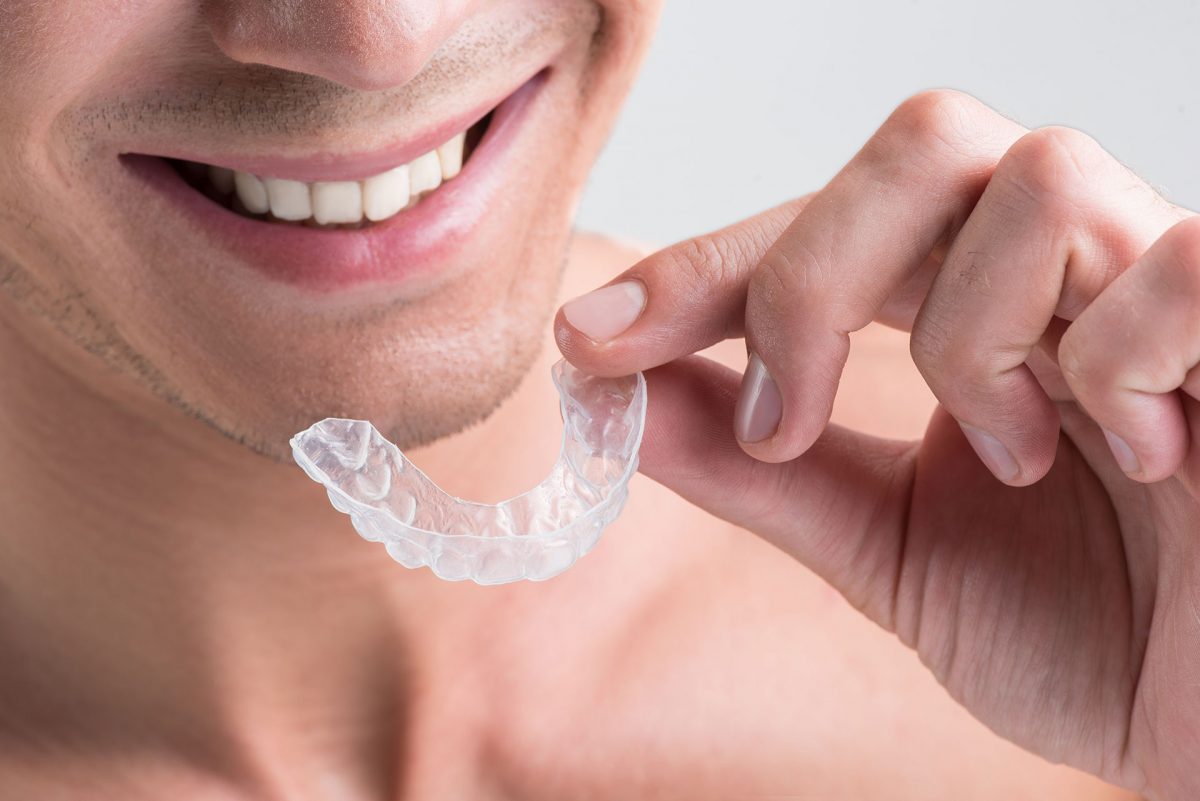You can’t go on Facebook, Instagram or Twitter without seeing selfies everywhere. Some of the most popular pics that get the most likes feature a bright, beautiful smile that doesn’t need a filter to whiten it. Want to increase the number of likes you get? Your dentist can help with that!
Veneers
For a smile makeover with the most change, veneers are a popular choice. Shells of thin porcelain are attached to the teeth to change the look of the tooth completely. This is very popular for people with stained, chipped and fractured teeth.
Dental Bonding
For smaller issues like chips, cracks, and fractures, dental bonding can help. Using a tooth-colored resin applied to the teeth, your dentist will shape it to match the look of a natural tooth, harden it, and buff it to match the natural shine of a tooth. Bonding is an option for repairing stained teeth and closing small gaps as well.
Clear Braces
Need to straighten your teeth but don’t want to deal with bulky metal braces? Clear aligners to the rescue! They work just like braces but use clear aligners to move the teeth into position step by step. The best feature for clear braces is the ability to remove them whenever you need to, so your selfie game doesn’t have to stop while you are straightening your teeth.
Teeth Whitening
For those with already straight teeth, a professional teeth whitening can help the teeth shine. While there are many over the counter options available, none can match the ease and quickness of professional whitening.
Complete Smile Makeover
No matter the issue, the team at Dr. Cabrera Dental Associates, can help. Our complete smile makeover is designed to correct many issues and help you get your dream smile. Before you know it, you will be posting #nofilter pics with tons of likes.










